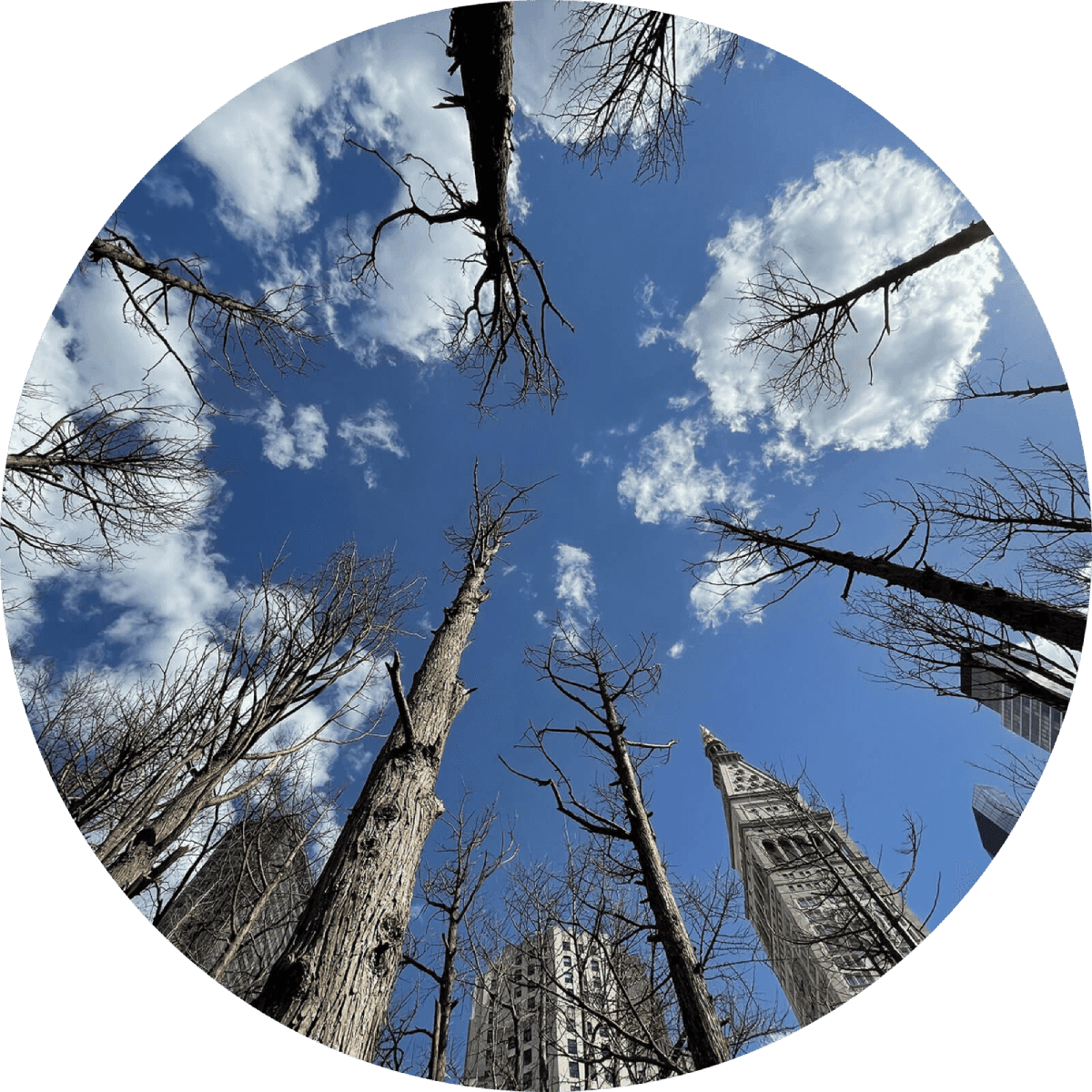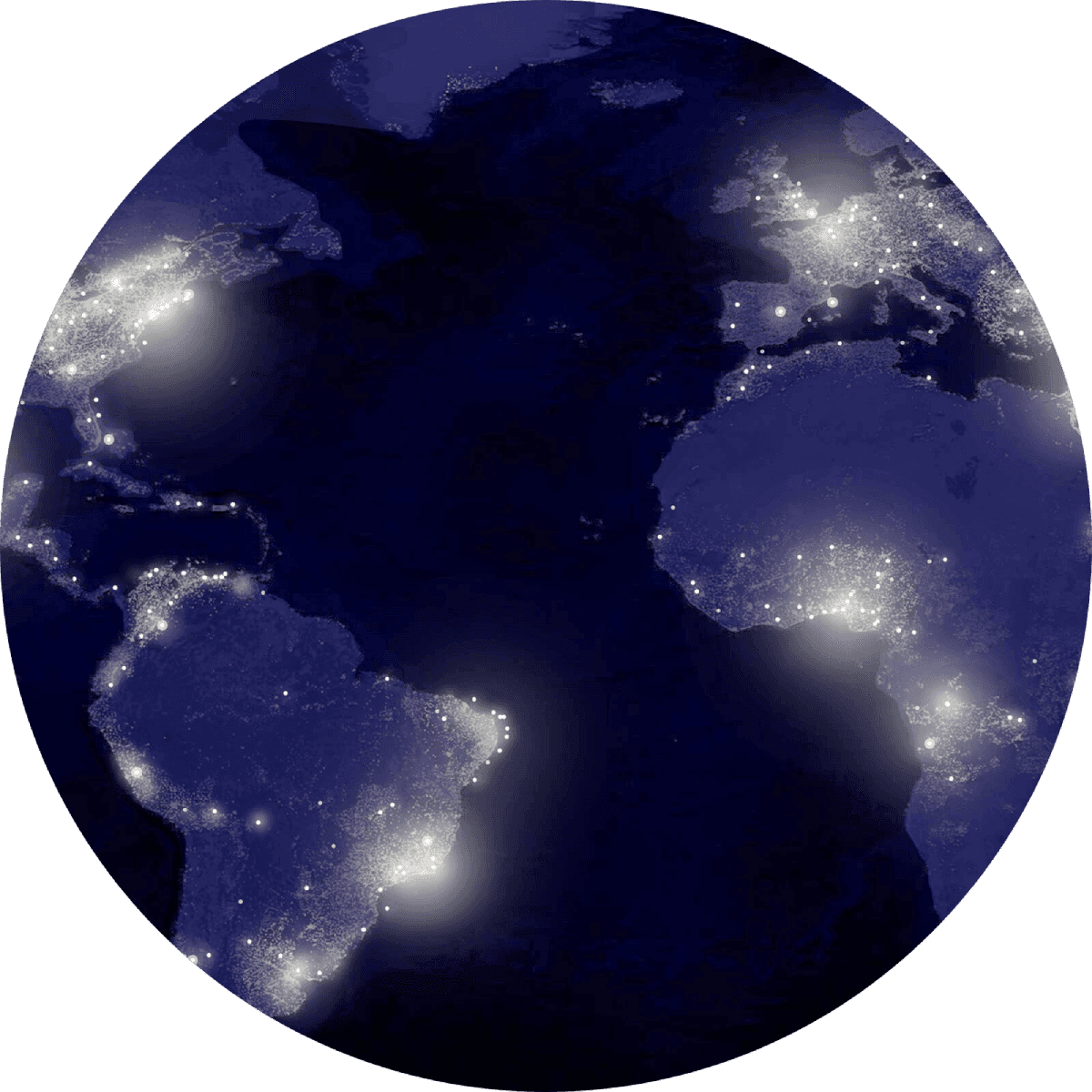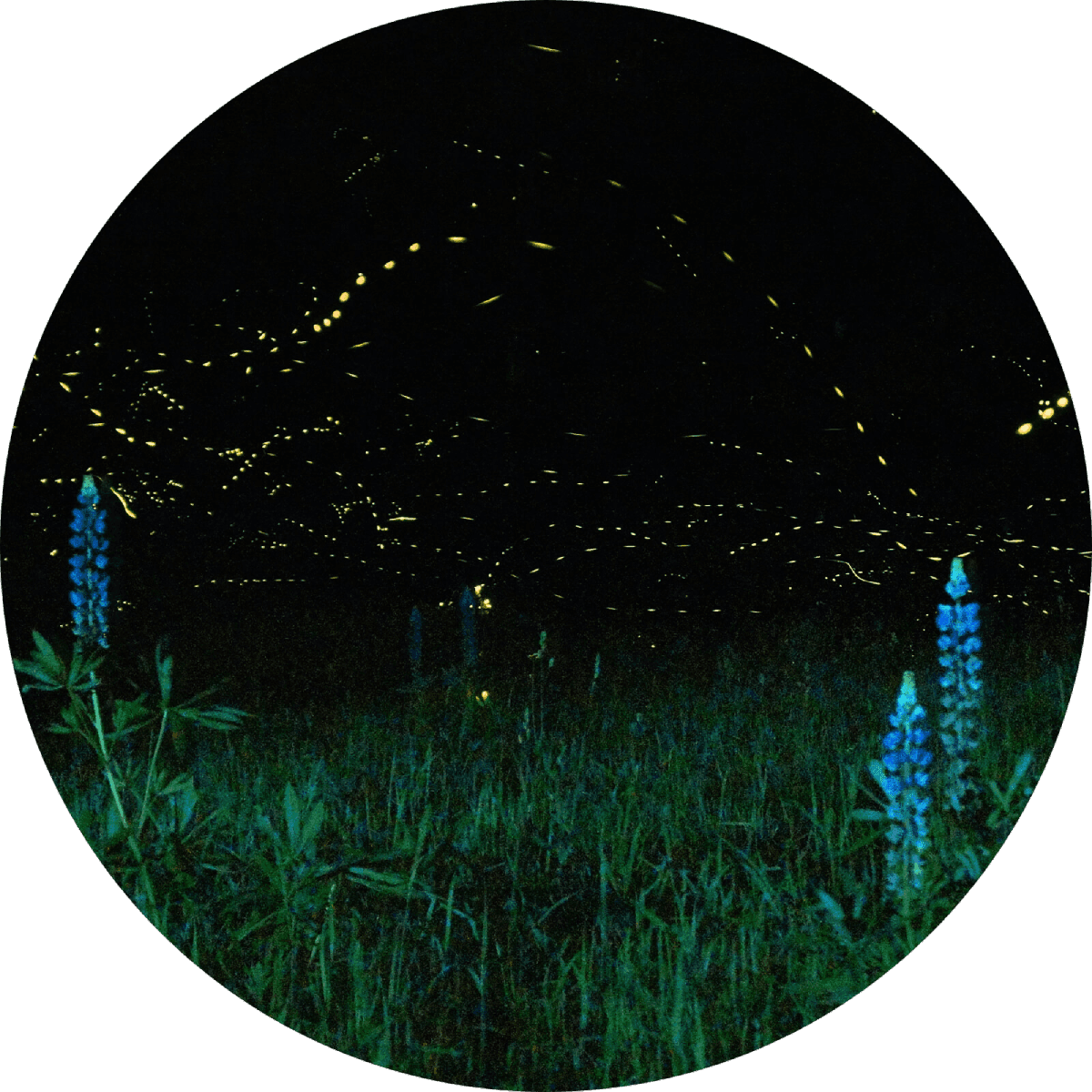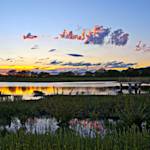Net Zero Emissions
"It is 2050. We have been successful at halving emissions every decade since 2020... The air is cleaner than it has been since before the Industrial Revolution. We have trees to thank for that. They are everywhere... Reimagining and restructuring cities was crucial to solving the climate challenge puzzle. But further steps had to be taken, which meant that global rewilding efforts had to reach well beyond the cities. The forest cover worldwide is now 50% and agriculture has evolved to become more tree-based. The result is that many countries are unrecognizable, in a good way. No one seems to miss wide-open plains or monocultures. Now we have shady groves of nut and orchards, timber land interspersed with grazing, parkland areas that spread for miles, new havens for our regenerated population of pollinators... Most of our energy now comes from renewable sources such as wind, solar, geothermal and hydro... If you live on a particularly sunny or windy hill, your house might harvest more energy than it can use, in which case the energy will simply flow back to the smart grid. Because there is no combustion cost, energy is basically free. It is also more abundant and more efficiently used than ever... We emerged from the climate crisis... capable of not only restoring ecosystems but also of unfolding our dormant potentials of human strength and discernment. Humanity was only ever as doomed as it believed itself to be."
Christiana Figueres and Tom Rivett-Carnac. ‘Air is cleaner than before the Industrial Revolution’: a best case scenario for the climate in 2050. The Guardian. 2/15/2020.


Learn about Maya Lin’s fifth and final memorial: a multi-platform science based artwork that presents an ecological history of our world - past, present, and future.

Discover ecological histories and stories of former abundance, loss, and recovery on the map of memory.

Learn how we can reduce our emissions and protect and restore species and habitats – around the world.

See how art can help us rethink the problems we face, and give us hope that each one of us can make a difference.

Help make a global memorial something personal and close to home. Share your stories of the natural world.


